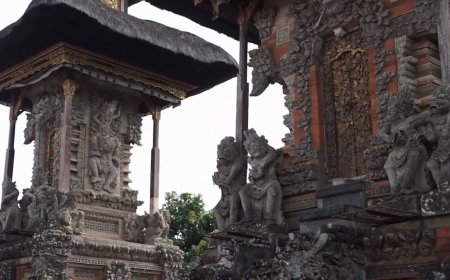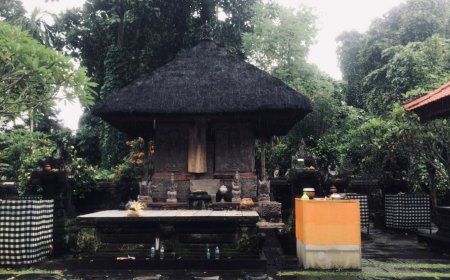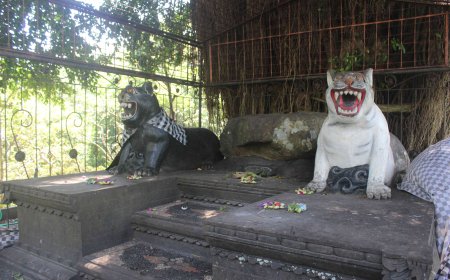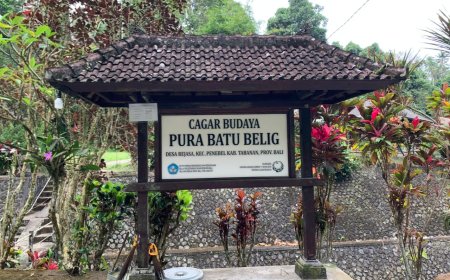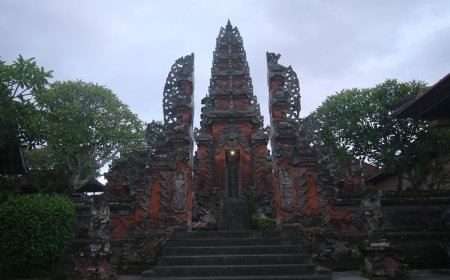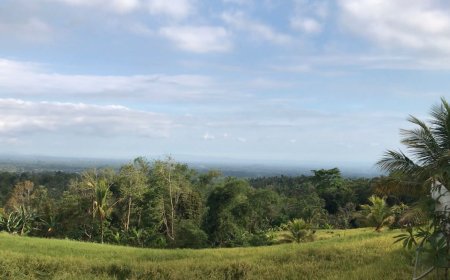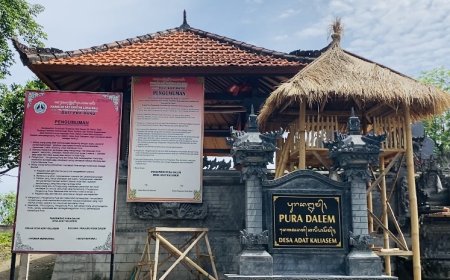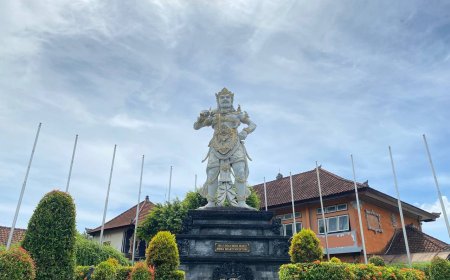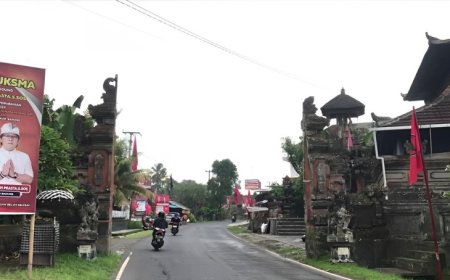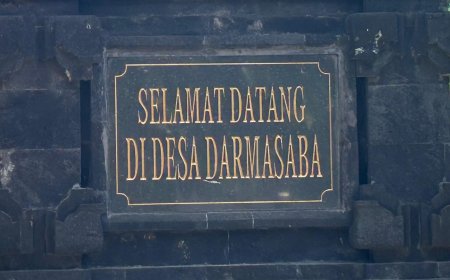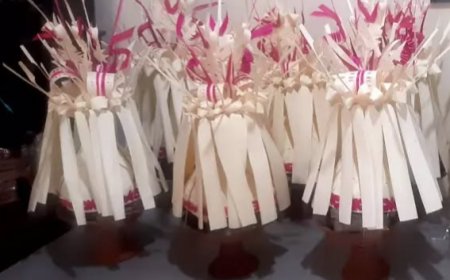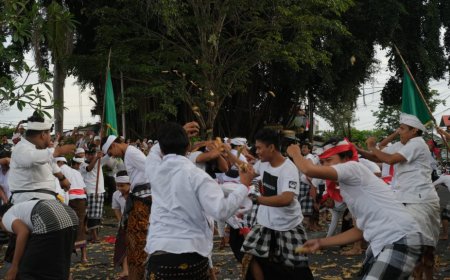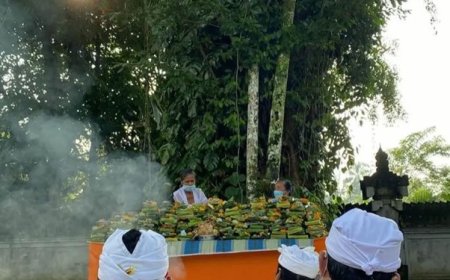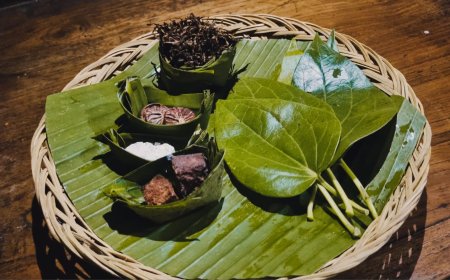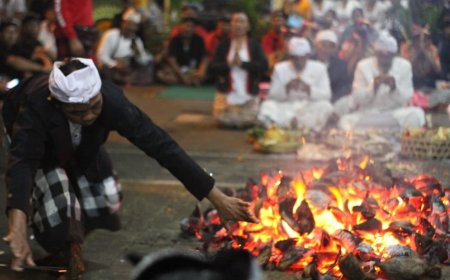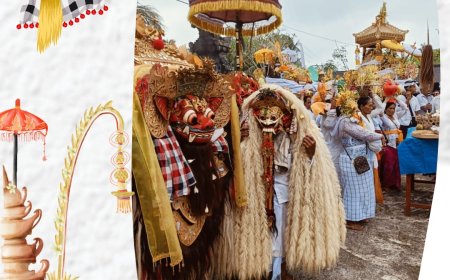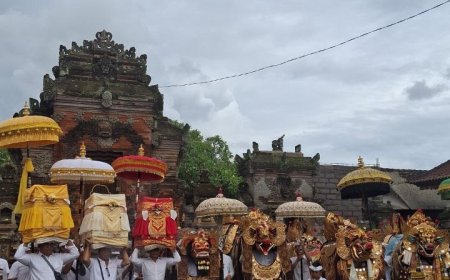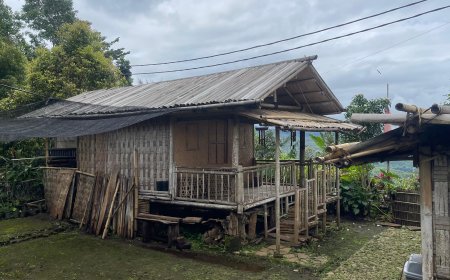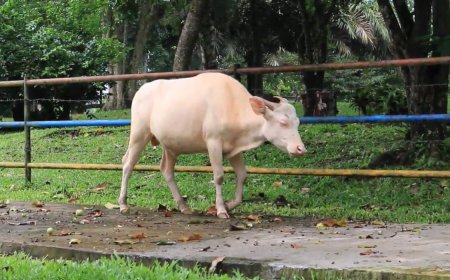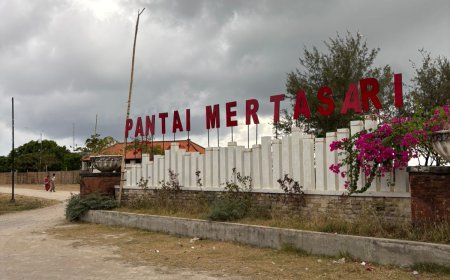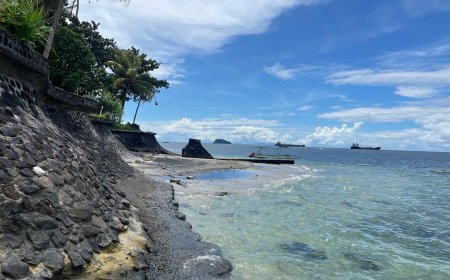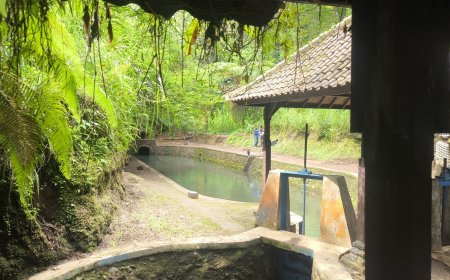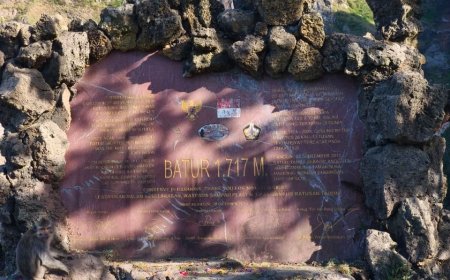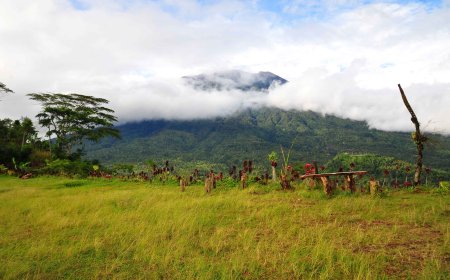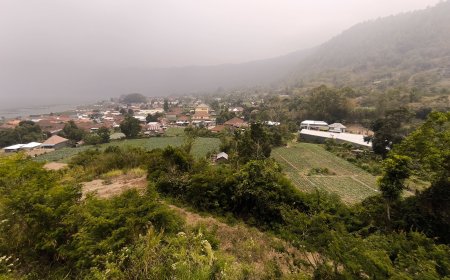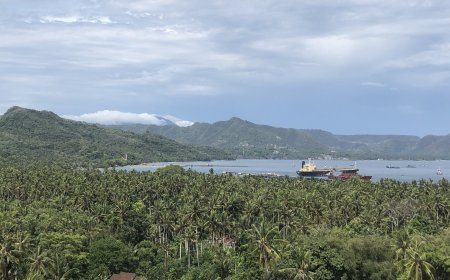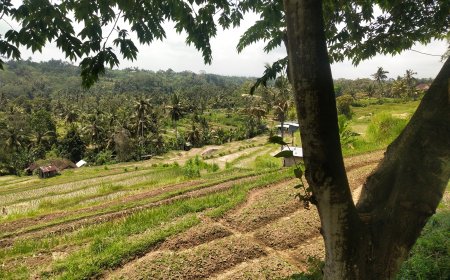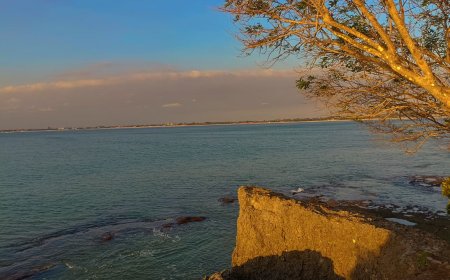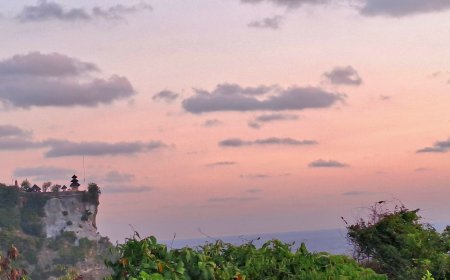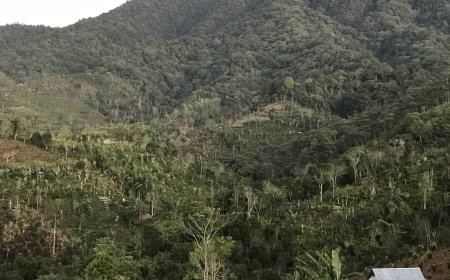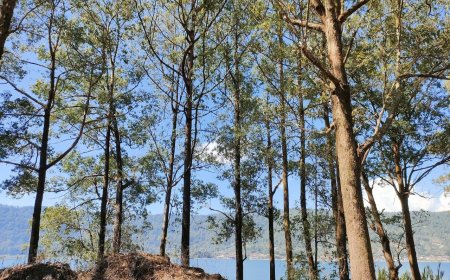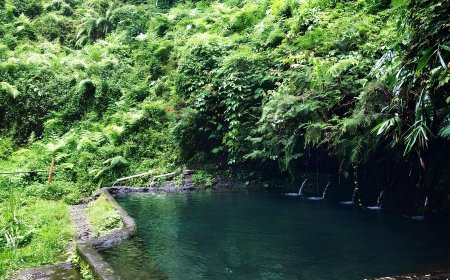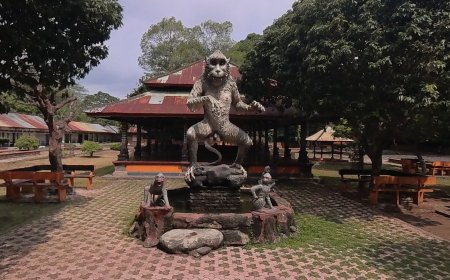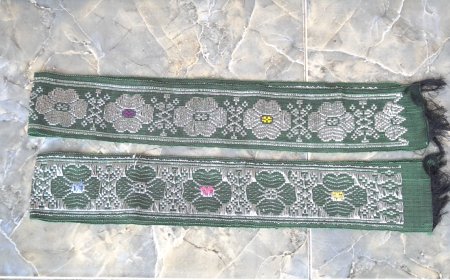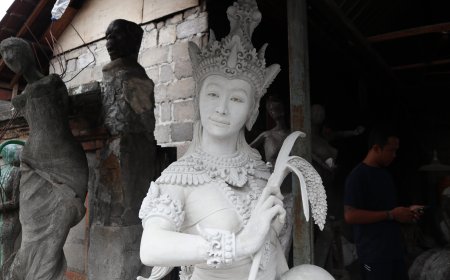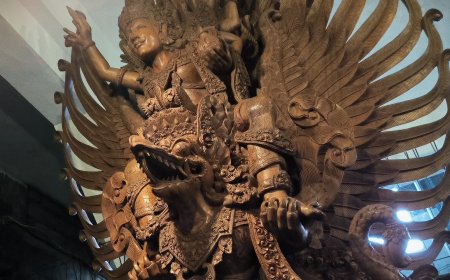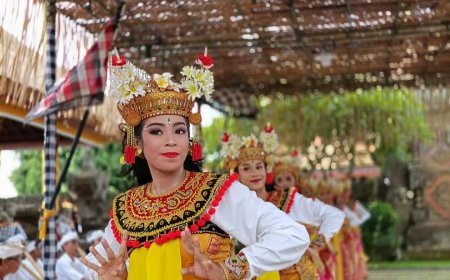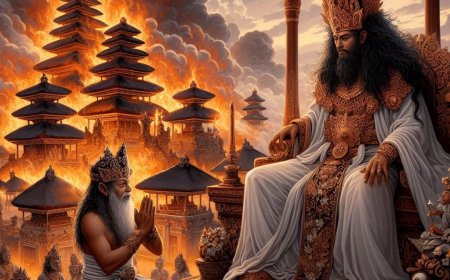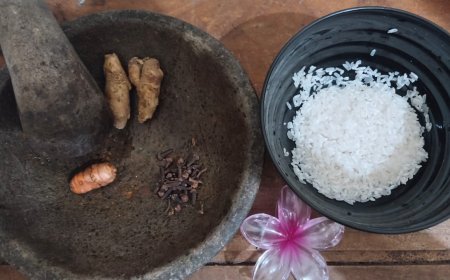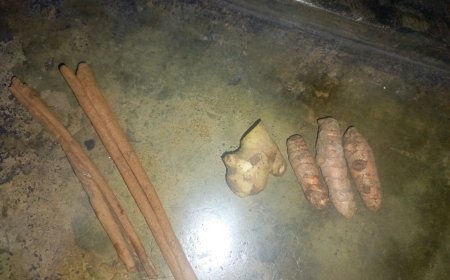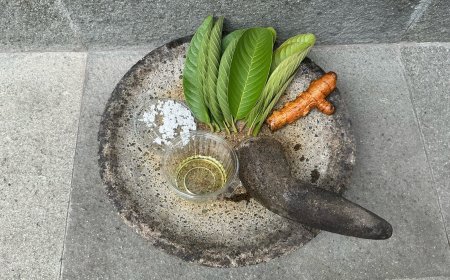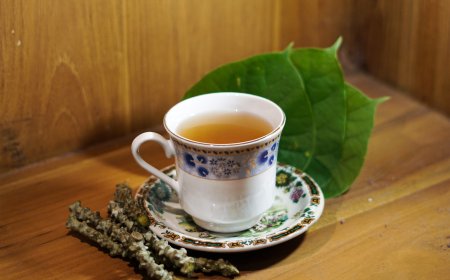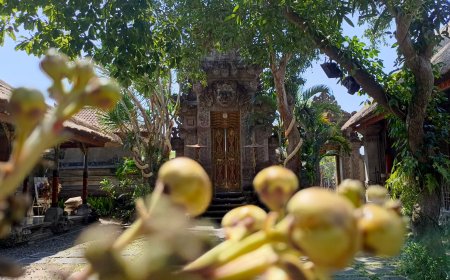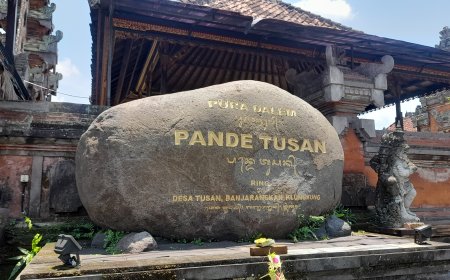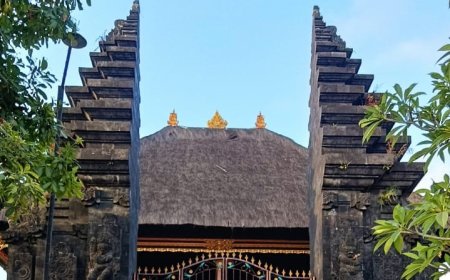Ratu Pasek Temple: A Mass Mobilizer in Ancient Bali
Pejeng Village, located in Tampaksiring District, Gianyar Regency, Bali, is a village rich in historical value. Known as an ancient or traditional village, Pejeng holds significant historical importance. As a royal temple in Ancient Bali, Pura Penataran Sasih does not stand alone. Several temples are located within the same area, one of which is the Ratu Pasek Temple.
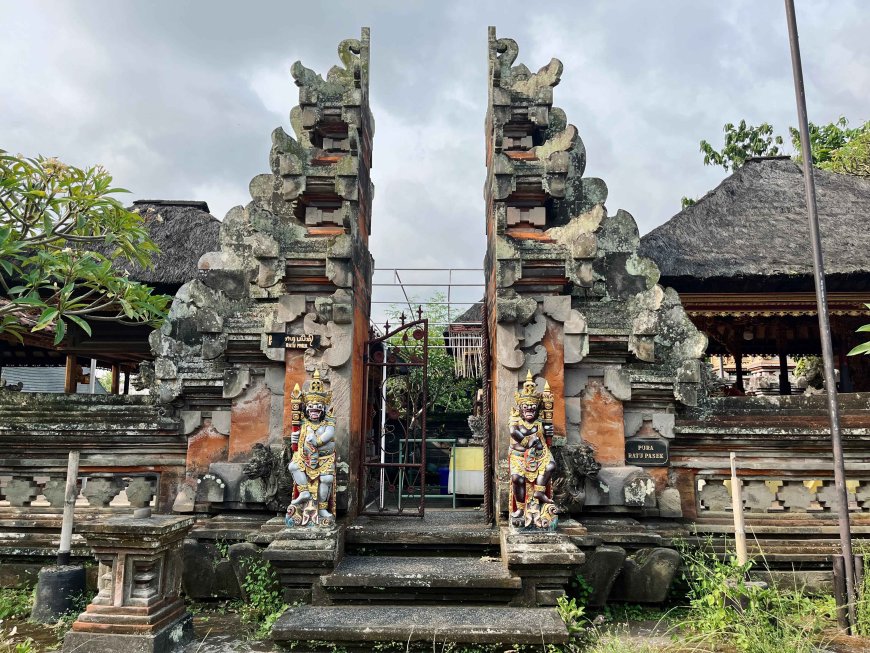
Ratu Pasek Temple is a symbol of strength and unity within the community. As a strategically important site, this temple serves as a center for mobilizing the community and strengthening the relationship between the kingdom's rulers and their people. With its majestic Balinese architecture, Ratu Pasek Temple is not only a sacred place for prayer but also a space for the community to gather and reinforce solidarity through religious rituals.
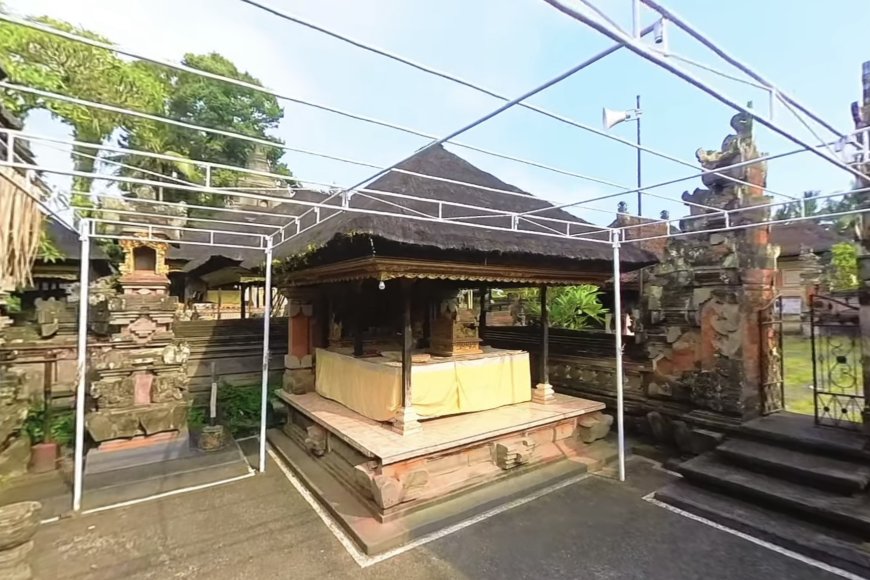
Structures at Ratu Pasek Temple (Image Source: Personal Collection)
At this temple, the community often gathers to perform various ceremonies and rituals that strengthen social bonds. Ratu Pasek Temple also serves as a place where the community unites in prayer and hope, while functioning as a center of spiritual energy that helps maintain balance in daily life. According to the stories passed down, the ancestors of Pasek, worshiped at this temple, had a significant influence on the community's life. They were known as wise figures with the ability to lead and unite the community in the spirit of togetherness.
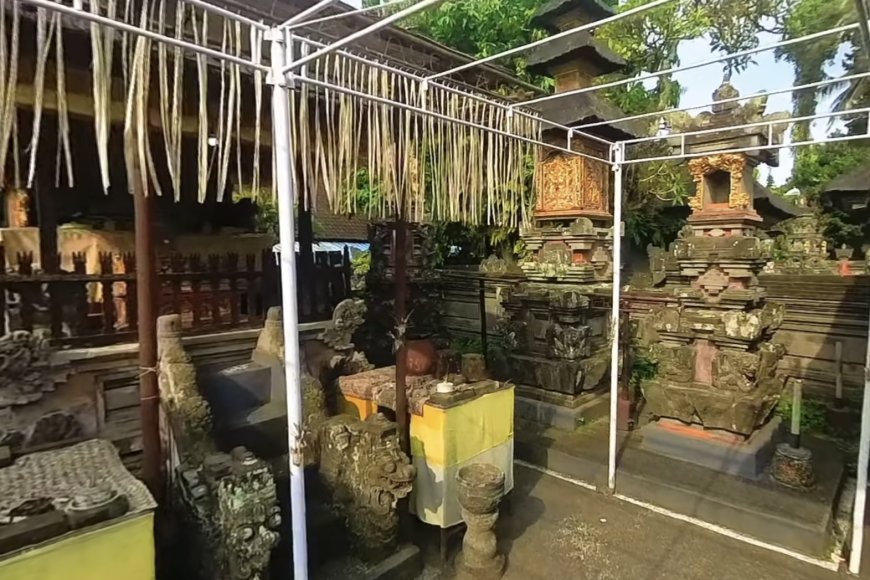
Shrines in the Ratu Pasek Temple Area (Source: Personal Collection)
In the temple, there are various shrines and buildings, each serving a specific function. The shrines and structures at Taman Sari Temple include:
-
Pelinggih Arca: A sacred place used to place statues or symbols of specific gods and goddesses.
-
Padmasana: The main shrine for the worship of Ida Sang Hyang Widhi Wasa (The Supreme God).
-
Meru Tumpang Tiga: A multi-tiered shrine dedicated to the worship of gods, goddesses, deities, and sacred ancestral spirits.
-
Sedahan Ngerurah: Located in the southern part of the temple, facing west, this shrine is typically made entirely of stone, similar to Gedong.
-
Piyasan: An open building used to arrange offerings or sesajen before a religious ceremony is held.
-
Bale Pesanekan: A resting place for worshippers who are performing rituals.
-
Panggungan: A temporary offering place or location to place ceremonial equipment.
-
Bale Pepelik: Also known as Bale Pileh or Bale Tajuk, this is a central shrine within the temple, often located at the heart of the complex.
-
Bale Pesamuan: A building where offerings for the ceremony are placed during the odalan (temple festival).
-
Penegtegan: A special area in the temple where flagpoles or ceremonial flags are planted.
-
Bale Pesucian: A place for purification activities, both for worshippers and ceremonial objects.
-
Perantenan: A kitchen or space where food and offerings for ceremonies are prepared.
